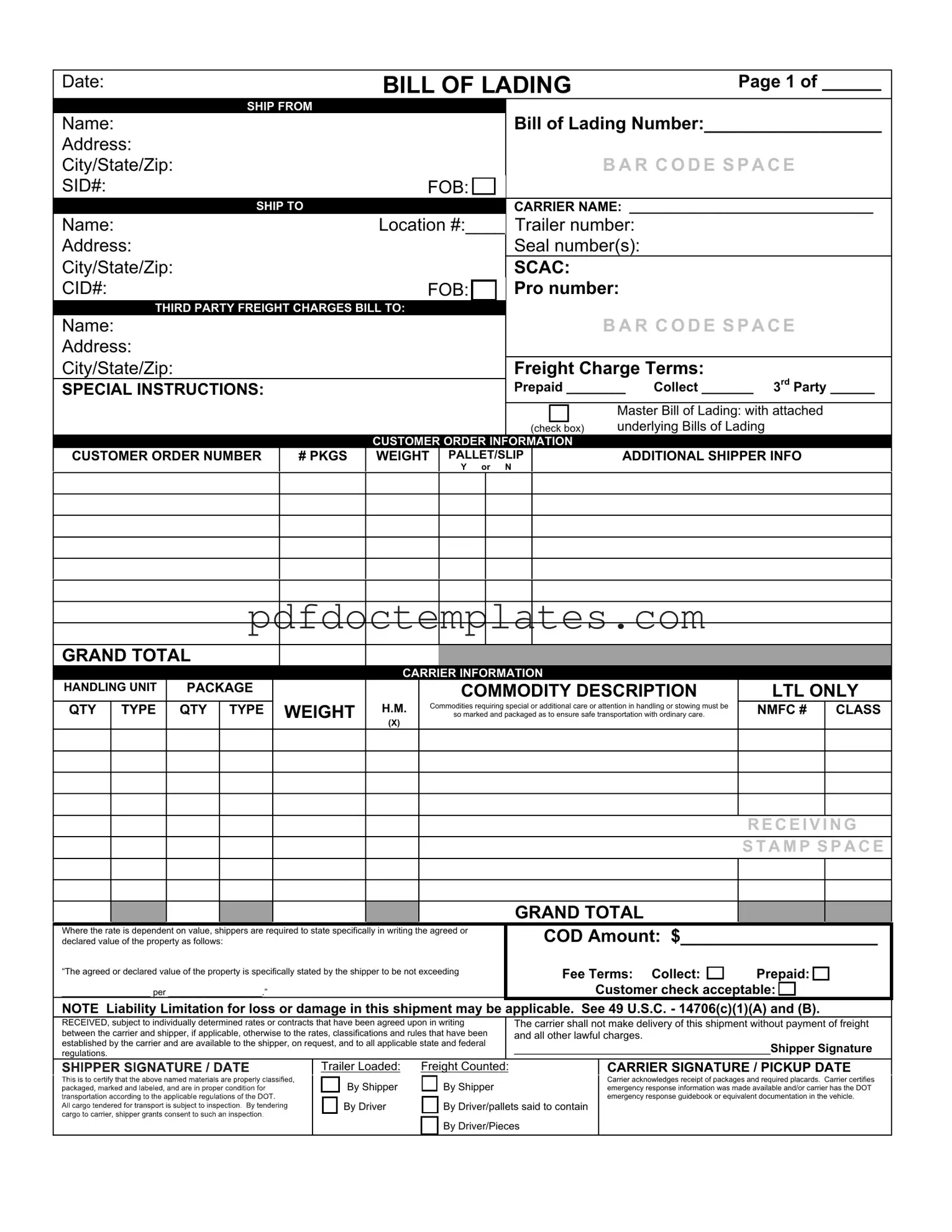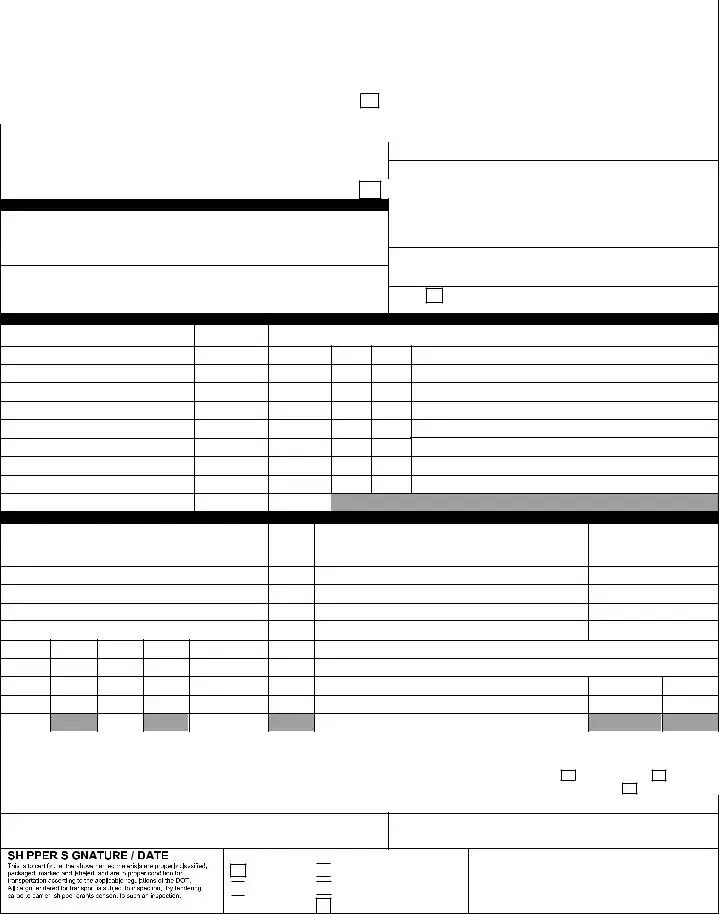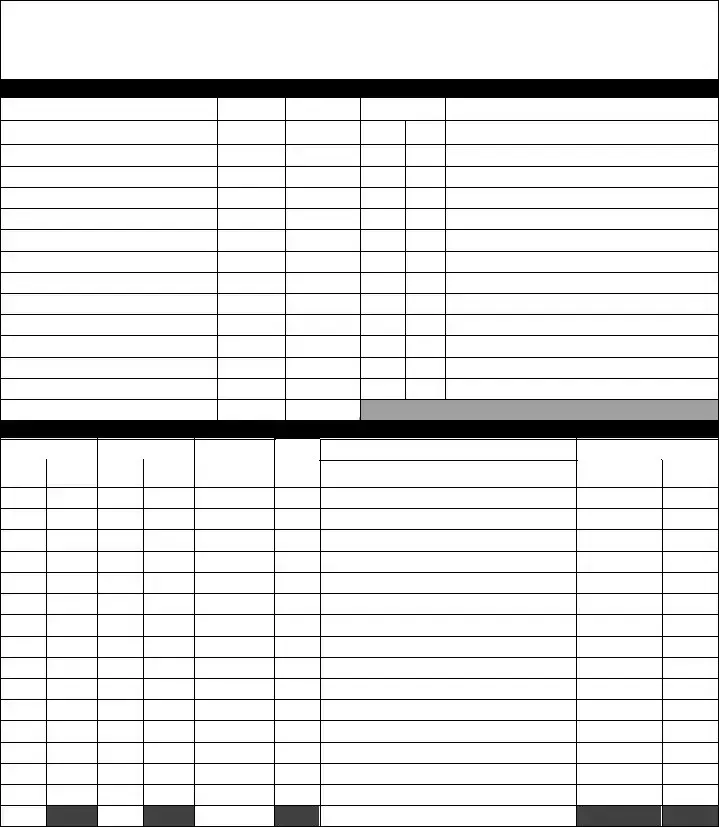Download Bill of Lading with a Supplement Template
The Bill of Lading with a Supplement form serves as a crucial document in the shipping and logistics industry, providing essential details about the transportation of goods. This form not only outlines the terms of the shipment but also allows for the inclusion of additional information that may be necessary for compliance and clarity. To ensure your shipment is processed smoothly, please fill out the form by clicking the button below.
Access Your Document


 to certify that the above named materials are properly classified, packaged, marked and labeled, and are in
to certify that the above named materials are properly classified, packaged, marked and labeled, and are in proper condition for transportation according to the applicable regulations of the DOT.
proper condition for transportation according to the applicable regulations of the DOT.
 By Shipper
By Shipper
 By Driver
By Driver 
 By Driver/pallets said to contain
By Driver/pallets said to contain